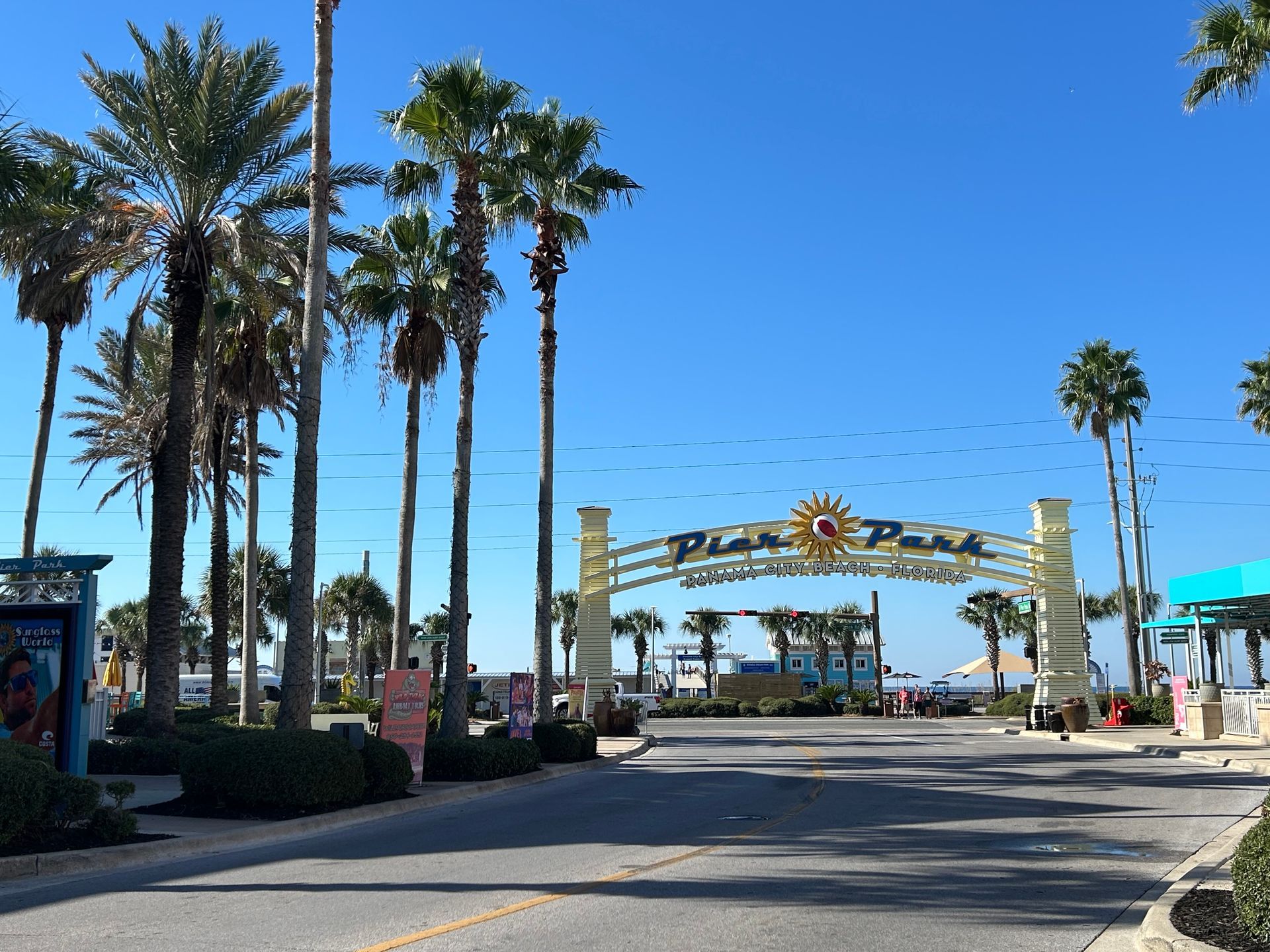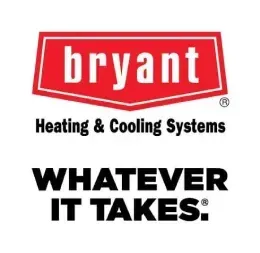Why Waiting on Air Conditioning Repair in Panama City, FL Is Not an Option

Why Waiting on Air Conditioning Repair in Panama City, FL Is Not an Option
- The coastal climate of Panama City is tough on HVAC systems:
- Salt air will cause coils and electrical components to corrode.
- Increased humidity can stress compressors and create mold in ducts.
- Summer storms lead to power surges and debris damage.
Overlooking small repair needs can result in 4x more costly repairs later on.
5 Indications That Your Air Conditioning Demands Immediate Attention
1. Weak or Warm Airflow
What’s Wrong:
- Dust-clogged or obstructed air filters or ducts.
- Bad blower motor or leaking refrigerant.
- Evaporator coils are frozen due to not enough refrigerant.
Panama City Risks: Pollen and dusty Gulf breezes clog the filters so fast that they fail to work effectively.
What to Do:
- Change your filters monthly (select MERV 8-11).
- Make an appointment for duct cleaning to eliminate mold or debris.
Give us a call for refrigerant testing and motor examination!
2. Unusual Noises
What’s Wrong:
- Grinding: Failing motor bearings.
- Hissing: Refrigerant leaks.
- Banging: Loose or broken parts.
Local Context: Salt corrosion near St. Andrews Bay will wear on your metals, too.
What to Do:
- Shut down the system to avoid further damage.
- Let our techs troubleshoot and replace any worn parts.
3. Sky-High Energy Bills
What’s Wrong:
- Dirty coils or a duct that is leaking causing the AC to work extra hard.
- Aging unit losing efficiency.
Panama City Impact: The humidity makes AC's run longer and even less efficient.
What to Do:
- Schedule a tune-up to clean coils and duct sealing.
- Update to a SEER 16+ model that is more energy efficient.
4. Frequent Cycling (Turning On/Off)
What’s Wrong:
- Large capacity unit not sized properly for the home.
- Your thermostat is defective or has an electrical problem.
- Refrigerant leaks disrupting pressure.
Local Angle: Thermostats for sun-pocked windows (frequent in PCB houses) might misread temps.
What to Do:
- Put in a smart thermostat with remote sensors.
- Time to check refrigerant and electrical connections.
5. Foul Odors or Moisture
What’s Wrong:
- Musty smells: Mold in ducts or drip pans.
- Burning smells: Electrical shorts or overheating.
- Puddles around the unit: Drain line is plugged up or refrigerant leak.
Panama City Risks: Elevated humidity leads to the rapid growth of mold in ducts, which degrades indoor air quality.
What to Do:
- Kill mold spores with UV air purifiers.
- Call us to unclog drains and check wiring.
Why It Is Important To Have Repairs Made In A Timely Manner In Panama City?
- Prevent 24/7 emergency fees: Replace a capacitor now for lower cost than the repair bill after the inevitable weekend crisis.
- Stop mold from taking over your home: With backed up drains, your floors and walls are getting damaged by the flood.
- Protect your budget: ACs that are serviced last 5-10 years longer, extending the time before you need to replace and spend more money.
Case Study: Saving a North Laguna Beach Home
The Crisis:
A North Laguna Beach family didn’t bother to address the clanging and hammering until their AC went down in the middle of a 95°F heat wave. The culprit was fan blades corroded by salt and a refrigerant line that had leaked.
Our Fix:
- Changed out fan motor and refrigerant line.
- Recovered condenser with coating, covered with antirust paint.
- Put in surge protector to protect from storms.
The Result:
- Cooling back up in 2 hours.
- 30% reduction in energy bills after repair.
- It now comes with a 10-year corrosion warranty.
5 Tips on Selecting an AC Repair Service in Panama City
Look For:
- 24/7 emergency service (heatwaves don’t give a moment’s notice).
- Coastal HVAC expertise (salt-resistant components, storm prep).
- Clear pricing (no hidden charges).
Red Flags:
- No license or insurance.
- Pushy upsells on unnecessary parts.
- Slow response time (more than 4 hours).
Don’t Mop in a Panama City Summer!
Finding AC problems early spares you from spending more money, and saves you stress and your sanity. At A Superior Air Conditioning we know the specific concerns that you or your business may have when it comes to controlling your comfort level.
Call Today for Same-Day Service: (850) 258-3225
Book Online and Save: asuperiorac.com
Limited Time Offer: Just refer to “PCB COOL 50” for $50 off on any repair.
Keep your cool, save money, and prolong the lifespan of your AC — call today to schedule your inspection.
A Superior Air Conditioning Company Blog





